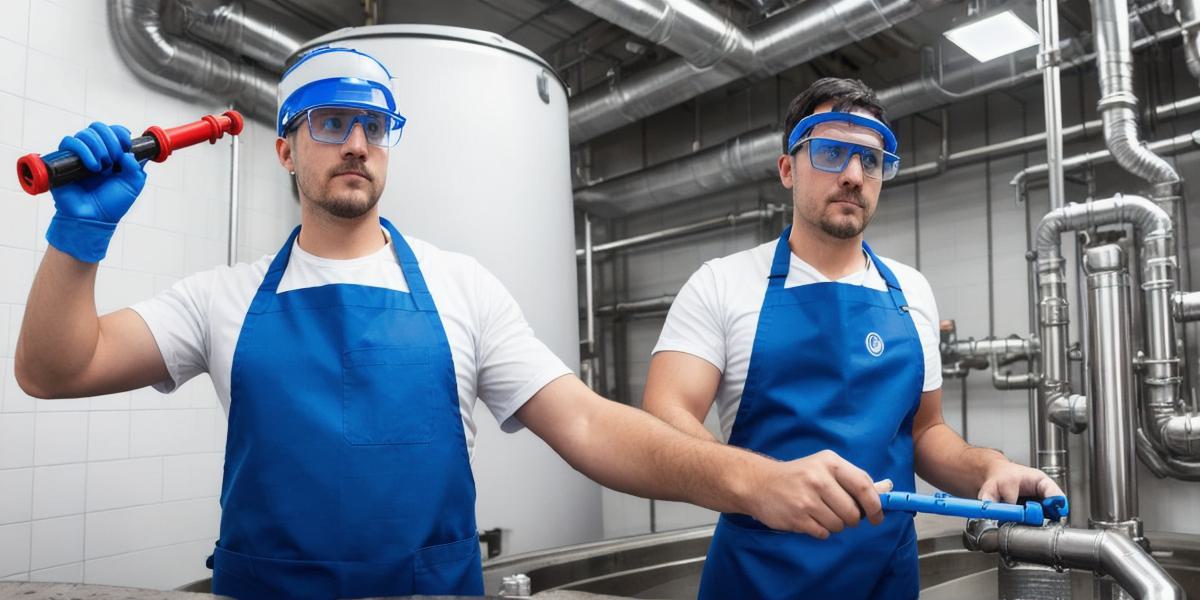How to Stop Water Overflow from a Tank: A Comprehensive Guide
Water overflow from a tank is a major problem that can cause damage to your property and even pose a safety hazard. To prevent water overflow and keep your tank running smoothly, it’s important to understand the causes and solutions. This article will explore both.
Causes of Water Overflow from a Tank
Water overflow from a tank can be caused by several factors, including faulty equipment, incorrect installation, overfilling, and leaks. Regular maintenance, correct installation, using the right equipment, monitoring water levels, and installing a leak detection system can help prevent water overflow.
Solutions to Prevent Water Overflow from a Tank
To prevent water overflow, follow these solutions:
- Regular maintenance: Keep your equipment well-maintained by regularly checking and cleaning it.
- Correct installation: Ensure that your tank is installed correctly by following manufacturer instructions and consulting a professional if necessary.
- Use the right equipment: Make sure you have the correct type of pump, float switch, and relief valve for your tank, and ensure they are properly sized to handle the water volume.
- Monitor water levels: Keep an eye on the water level in your tank and adjust it as needed to prevent overflow.
- Use a leak detection system: Install a leak detection system that can alert you if there is any water leaking from the tank, allowing you to take action before it overflows.
How to Fix Water Overflow from a Tank
If water is already overflowing from your tank, follow these steps to fix the problem:
- Turn off the power: Before attempting to fix the issue, turn off the power supply to the pump and float switch to prevent further damage.
- Identify the cause: Use a bucket or tray to catch any overflowing water and determine what is causing it. Check the equipment for faults and ensure that it is properly sized for your tank.
- Adjust the float switch: If the float switch is too high or low, adjust it by bending the arm or replacing it if necessary.
- Replace the pump or relief valve: If the pump or relief valve is faulty, replace it with a new one that is properly sized for your tank.
- Fill the tank slowly: Once the issue has been fixed, slowly fill the tank and monitor the water level to ensure that it does not overflow again.
FAQs
-
What is the difference between a float switch and relief valve?
A float switch regulates the water level in the tank by turning on and off the pump, while a relief valve releases excess pressure in the system.
* How often should I clean my water tank?
Clean your water tank regularly to remove any buildup or debris that can cause clogs or leaks. Follow manufacturer instructions for cleaning frequency.
-
Can I use a larger pump in my tank if it will fit?
Using a larger pump in your tank may not be effective, as it can cause water pressure to drop and make the system less efficient.
Summary
Water overflow from a tank is a serious issue that requires immediate attention. By understanding the causes of water overflow and implementing the right solutions, you can prevent it and keep your tank running smoothly. Remember to regularly maintain your equipment, monitor water levels, and install a leak detection system if necessary.
